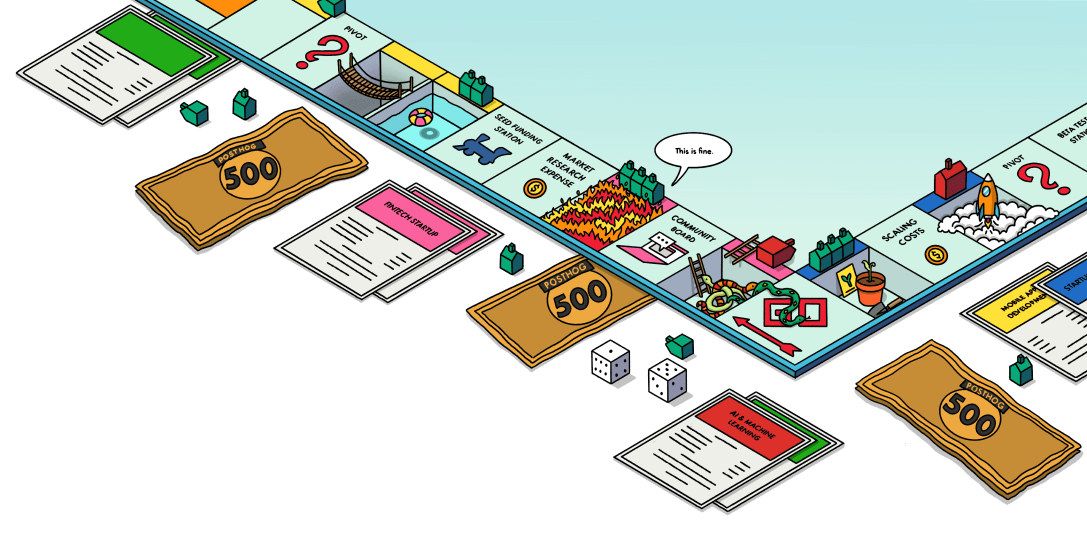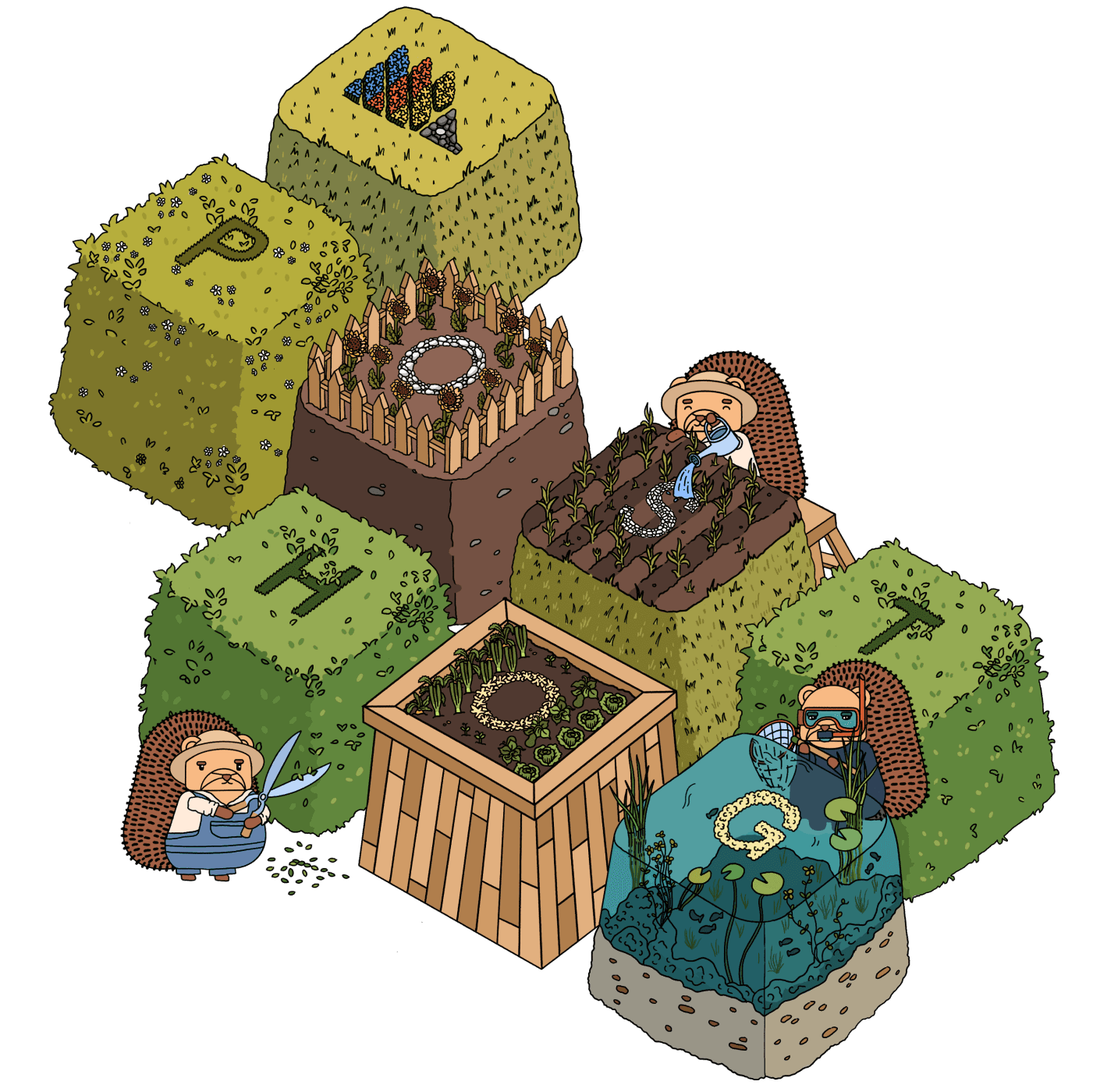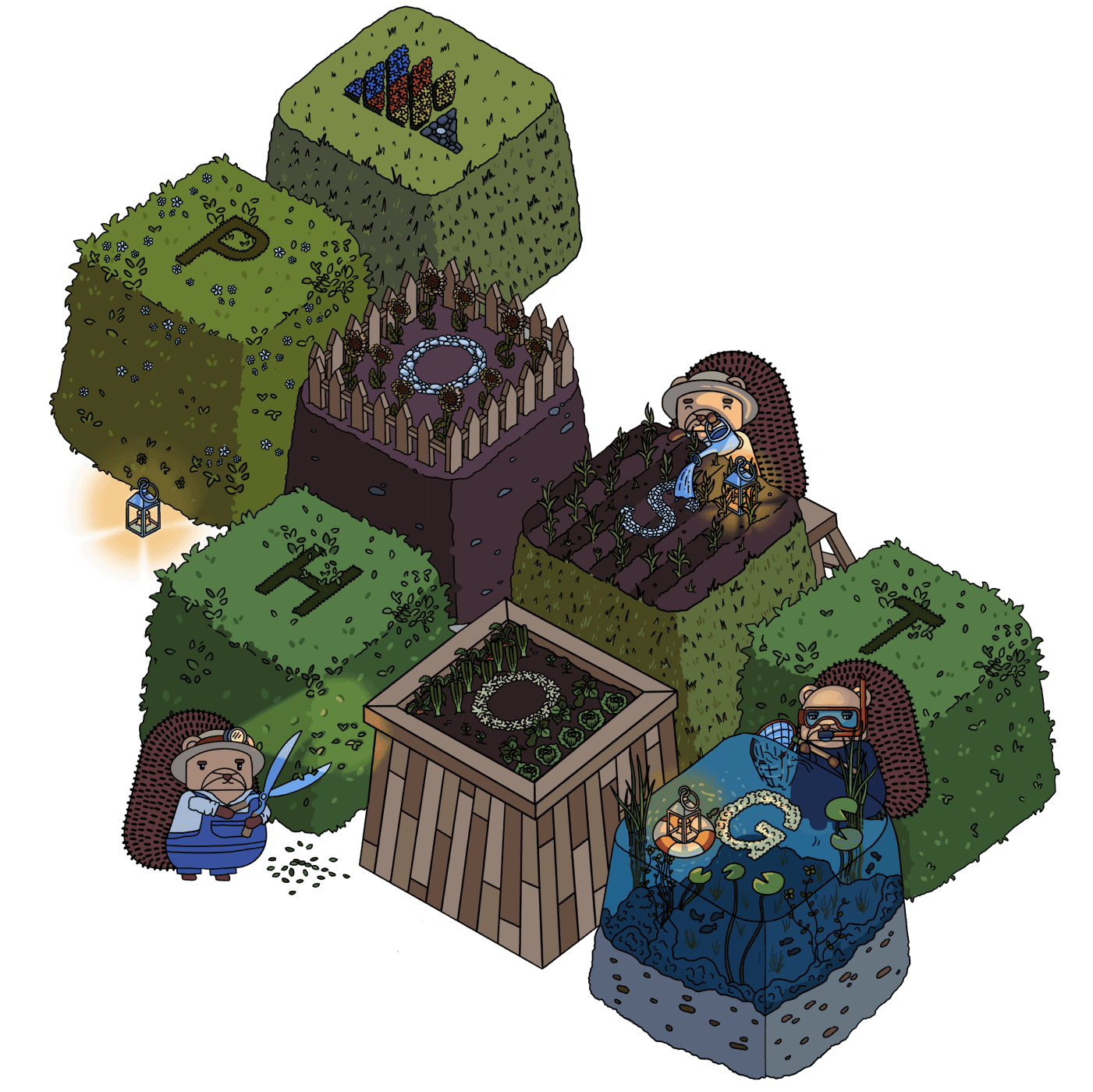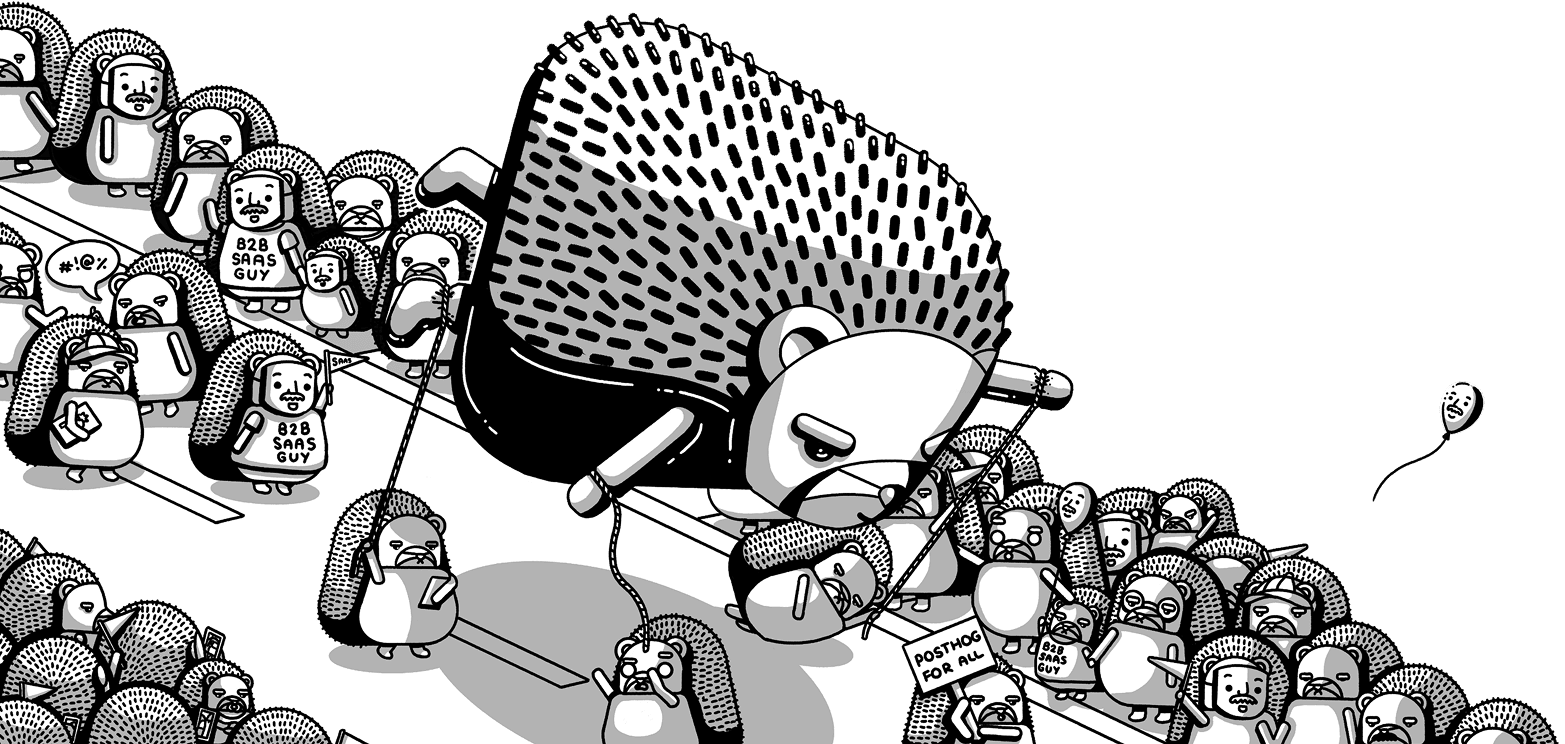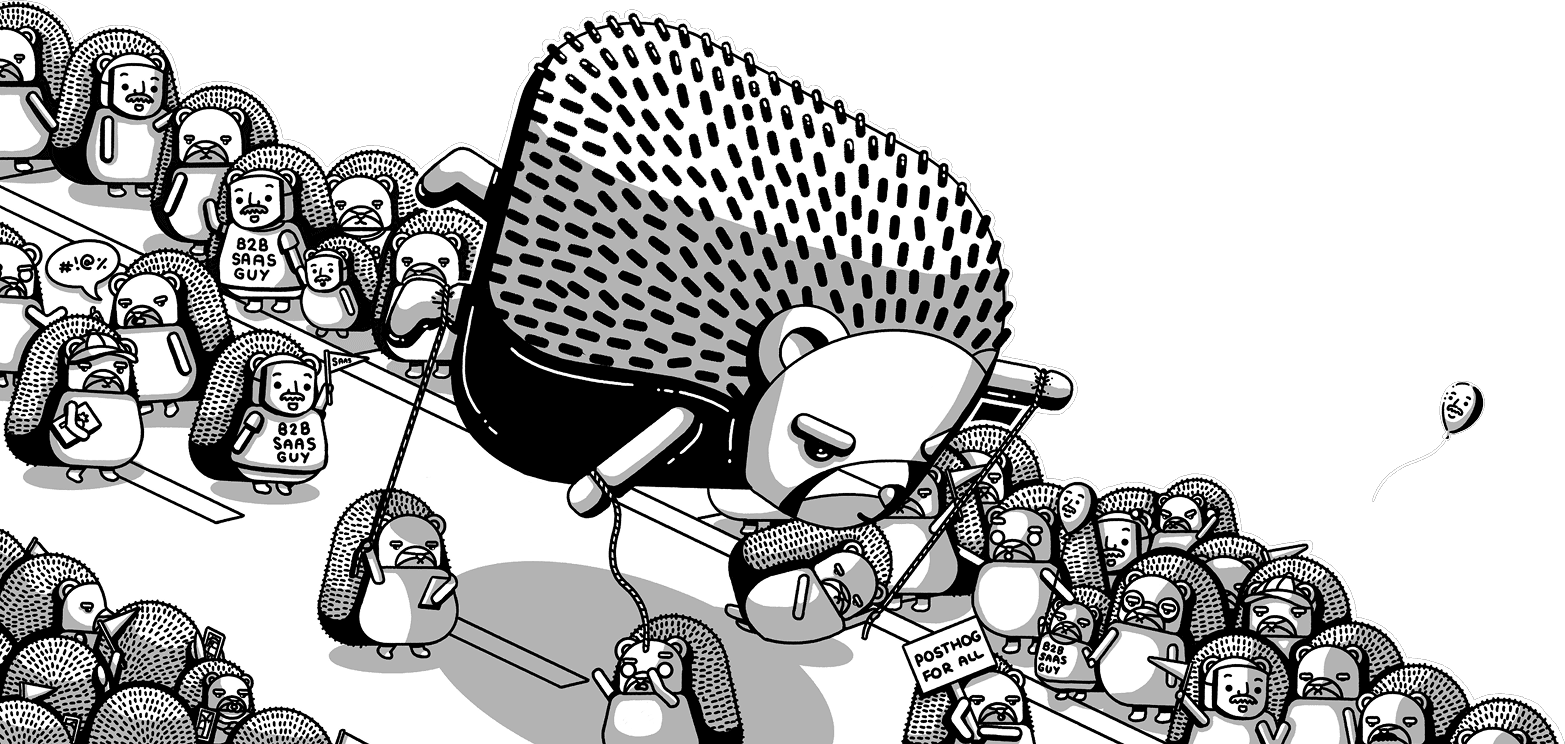Working with ClickHouse materialized columns
Contents
This document outlines what materialized columns in ClickHouse are, how we're making use of them and how to manage them on cloud.
Background
We currently store JSON data in string columns in clickhouse, reading and parsing that data at query-time. This can be slow due to how "fat" these columns are.
Materialized columns allow us to "store" specific properties stored in JSON as separate columns that are there on disk, making reading these columns up to 25x faster than normal properties.
Also check out our ClickHouse manual and blog post for more information.
Materialized columns in practice
Materialized columns play a huge role in optimizing performance for large clients having difficulties with performance.
This is why we automatically materialize columns and have tooling for creating them manually as well.
Note that materialized columns also require backfilling the materialized columns to be effective - an operation best done on a weekend due to extra load it adds to the cluster.
Automatic materialization
We have a cron-job which analyzes slow queries ran last week and tries to find properties that are used in these slow queries, materializing some of these. Code for this can be found in ee/clickhouse/materialized_columns/analyze.py
Note that this cron can often be disabled due to cluster issues or ongoing data migrations.
See environment variables documentation + instance settings for toggles which control this.
Manual materialization
python manage.py materialize_columns command can be used to manually materialize one or more properties.
Alternatively this can be done over python manage.py shell_plus. One example of materializing all properties used by a team can be found here:
Note that this snippet might need modification depending on the usecase.

